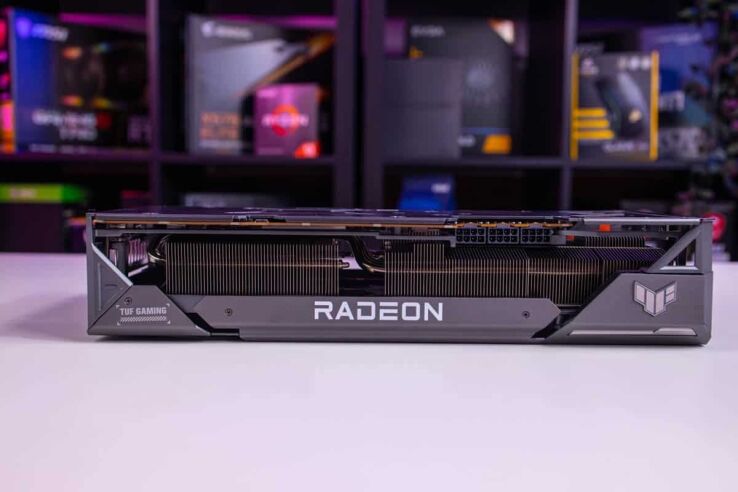Is 90-95ºC too hot for a GPU?
Not quite in the three digits, but is it still too high?

WePC is reader-supported. When you buy through links on our site, we may earn an affiliate commission. Prices subject to change. Learn more
Taking care of your PC components is key to having them last you a while and keeping the performance up. So is 90-95ºC too hot for a GPU?
Operating your GPU (Graphical Processing Unit) at temperatures between 90 and 95°C is considered high and could pose issues with the hardware if sustained over an extended period.
While some GPUs are built to function with ease at temperatures as high as 90 degrees Celsius, prolonged exposure to heat could cause throttling. That’s why the GPU will automatically reduce its clock speed in order to stop overheating.
High temperatures may make your GPU unstable or crash altogether, leading to data loss and other serious consequences.
Although operating within this temperature range is not ideal, it won’t necessarily cause permanent damage to your GPU as it falls within the safe operating range of many modern GPUs.
It’s essential to note that temperatures can spike above 95 °C during intense gaming or other demanding tasks, and prolonged exposure may result in long-term harm.
One of the most frequent causes is inadequate cooling, which could be caused by poor airflow, insufficient or malfunctioning fans, or an improperly installed or defective heatsink. Dust buildup also interferes with cooling performance, so it’s essential to regularly clean your GPU and other components.
Other reasons for high GPU temperatures can be caused by overclocking, which means increasing the speed of your GPU’s CPU and voltage over the factory setting, or by playing games or running applications that place a high demand on the GPU.
Operating your GPU at temperatures between 90 and 95 degrees Celsius is considered high and could potentially lead to issues with its hardware if left unchecked for extended periods of time.
To maintain optimal temperatures on your GPU, it’s essential that you provide proper cooling, avoid overclocking, and adjust settings as necessary to reduce its workload.
And also follow our guide on how to lower GPU temperatures so you can keep that card running as it should.